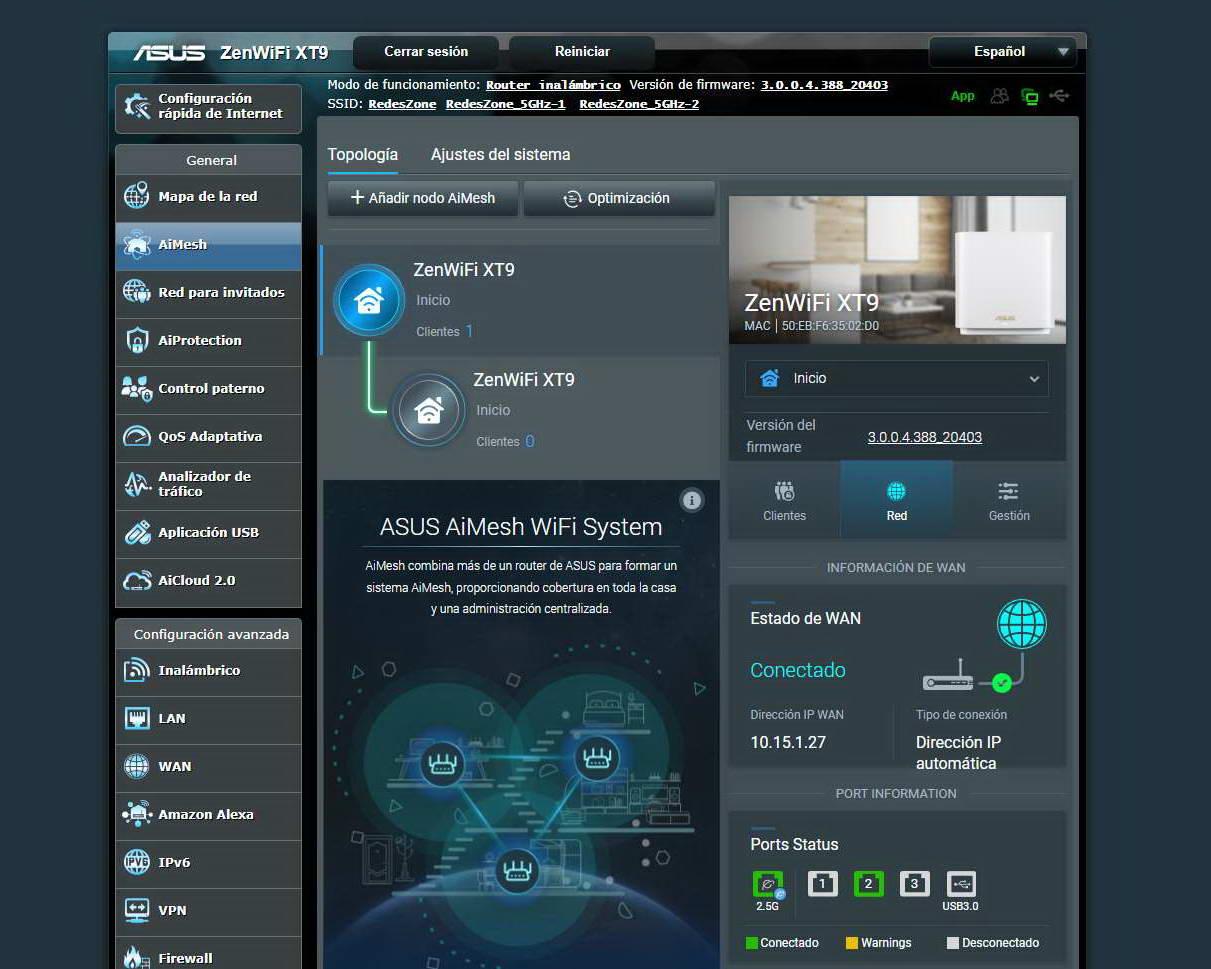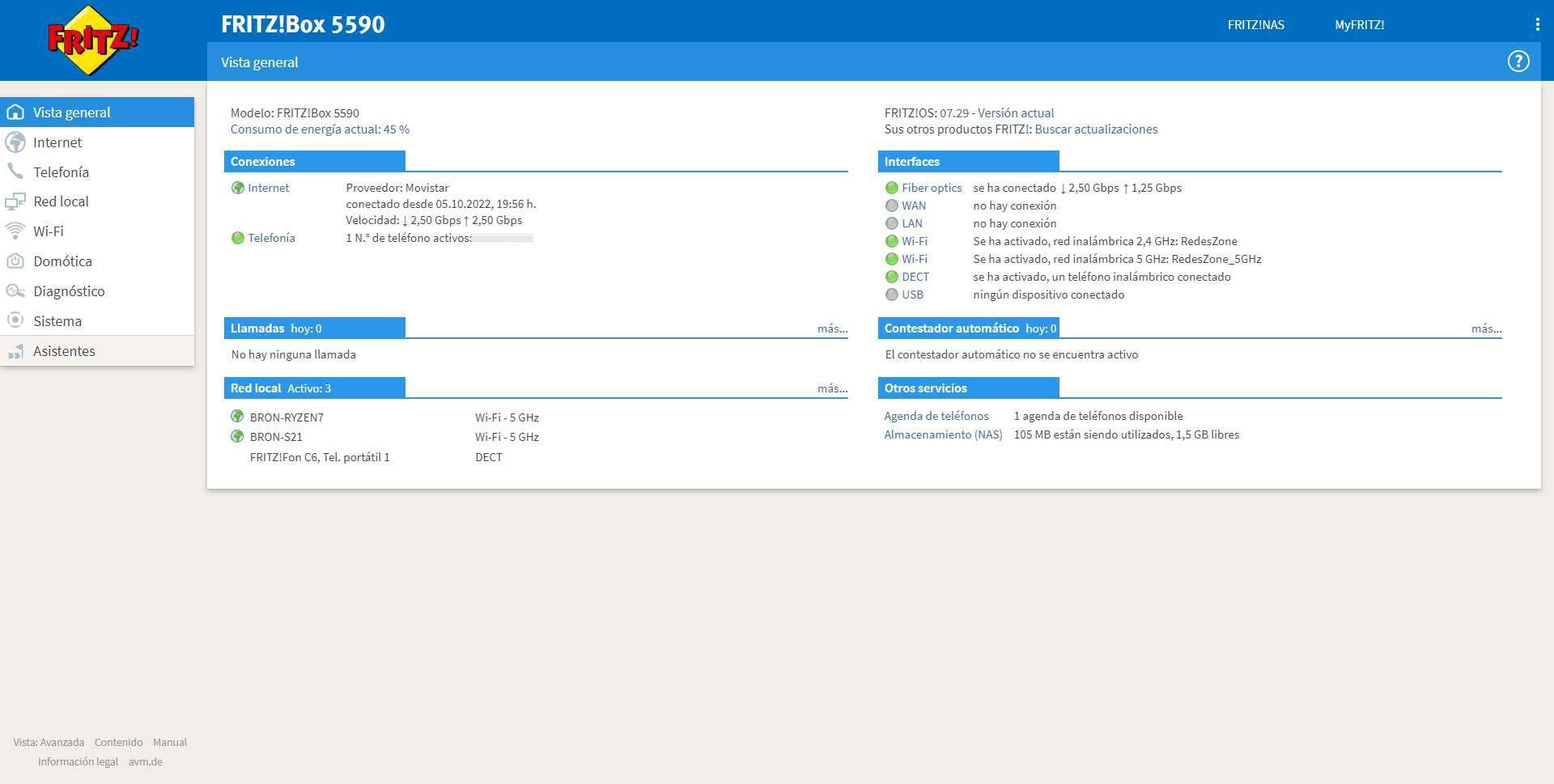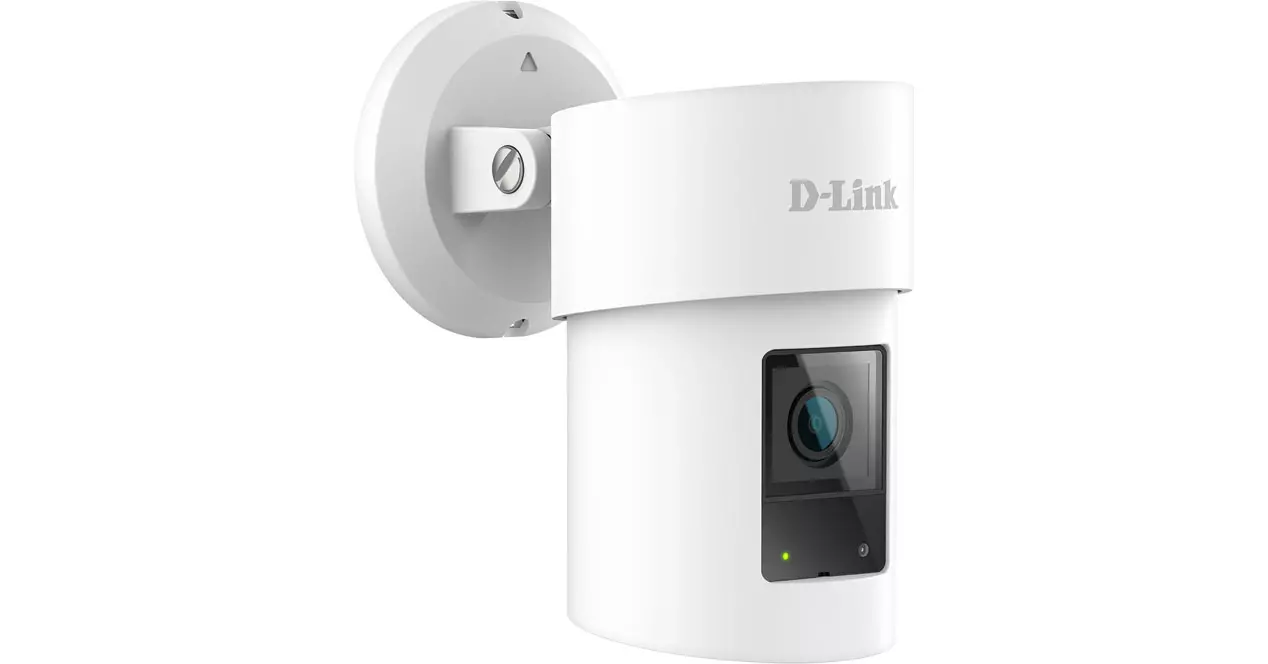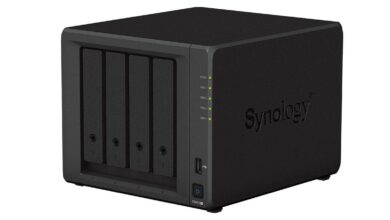
All operators provide a fiber router to provide Internet service to their customers, however, these routers are generally conspicuous by their poor performance in general. One of the weakest points of these routers is the WiFi wireless performance, and that is that we are going to have very little coverage, low WiFi speed and it is also possible that we will have cuts. For over a decade, I have never used any carrier router, below are all the reasons why I have never used them.
My reasons for not using a carrier router
For more than 10 years I have never used a carrier routerHowever, I have used their routers in bridge mode when they were ADSL2+/VDSL2, specifically when I was at Jazztel. Something similar happened when Jazztel migrated me from VDSL2 that I had at that time to fiber to the home, with a separate ONT and router. This allowed me to place a neutral router to provide the Internet connection via cable and WiFi without problems.
Now with Pepephone FTTH indirect from Orange, I have a Nokia ONT so I also use my own equipment for the Internet connection, dispensing with the operator’s neutral router. These are the reasons why I will never use a carrier router.
Poor WiFi coverage and speed
today have a good coverage and speed over WiFi is basic, something fundamental, especially if we have dozens of connected WiFi clients such as laptops, smartphones, tablets and even home automation and security devices such as IP cameras. Although there is not a lot of data traffic in the wireless network, because most of the time they are on standby, it is essential that there are no outages when I have to access any of these devices, in addition, it is very important that if I connect with the mobile or the laptop the wireless network works perfectly.
Personally, at home I use professional access points from D-Link centrally managed by Nuclias Connect and powered by PoE with a managed switch. However, with the Wi-Fi mesh systems that exist today, you could set up a high-performance network at the “home” level yourself, without any complications and with a huge difference in real coverage and WiFi speed.
They do not usually have Multigigabit ports, and few Ethernet
For several years now, I have been using NAS servers with multi gigabit connectivity, either 2.5G or 10G, so I absolutely need to use a Multigigabit switch to connect all the wired equipment to it, and that they can communicate with the NAS at maximum speed. Only Digi or Orange operator routers with 10Gbps fiber speeds have these types of ports, something I’ve needed for years to transfer data through the local network at maximum speed.
Another very important aspect is that I need a lot of Ethernet ports, the typical four Ethernet ports are not enough in my case, because I have a lot of wired equipment, PCs, NAS servers and many more devices.
It hardly has configuration options
By having professional APs and managed switches, I can create different WiFi networks segmented into VLANs to separate the traffic of the main network, home automation device network and guest network. Operator routers do not have the possibility of configuring VLANs in the LAN, for this reason, I cannot use this type of router, because it simply cannot be done. Generally, home routers do not allow this type of configuration either, we have to go to somewhat more advanced routers to have this functionality, but it does not mean that you have to buy a very expensive router for it, because there are Mikrotik routers that allow this type of Hassle-free setups and they’re pretty cheap.
Manufacturers such as ASUS or AVM have domestic routers that will allow us to configure them in detail, in addition, they have services as interesting as set up a Wi-Fi mesh network high performance with different equipment (WiFi routers and repeaters), as well as configure VPN servers to access our local network remotely, and also has multiple options to configure the WiFi network, wired network, the possibility of configure DNS with the DoT protocol to have an added layer of security and privacy, as well as a large number of services for the USB ports of the router.
In short, any third-party router is almost always going to be better than the operators’ routers, not only in terms of wireless performance, but also in terms of configuration options.






